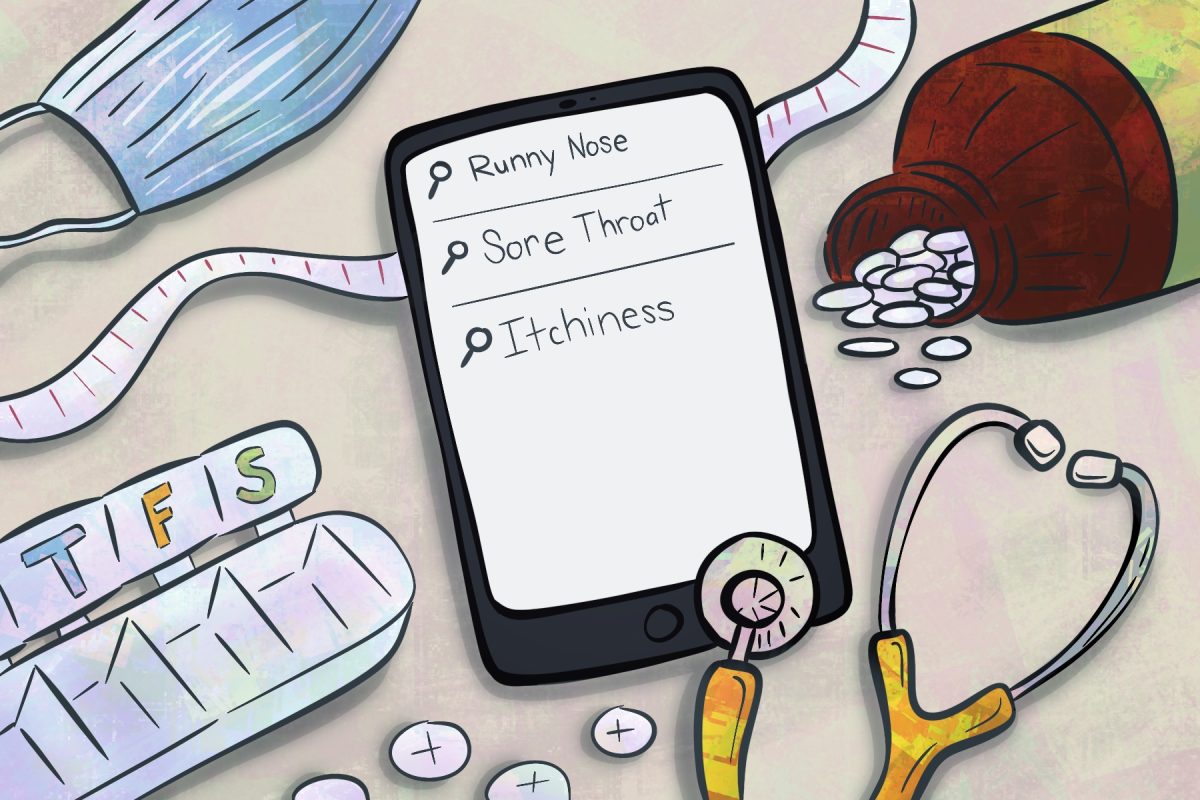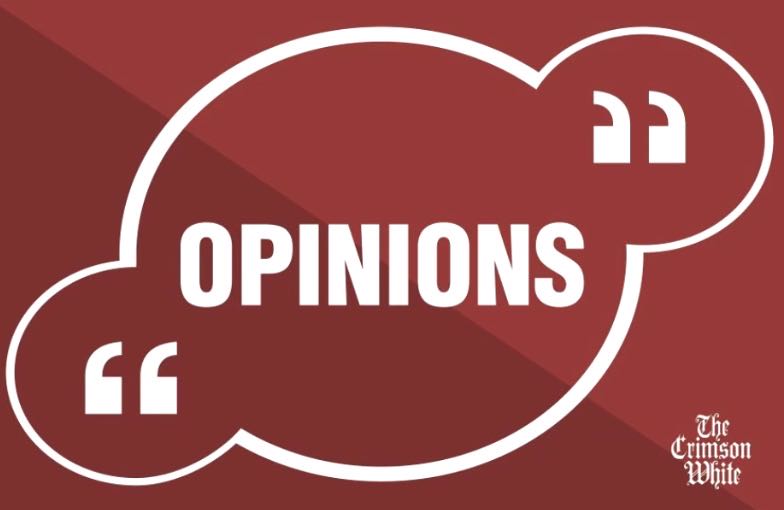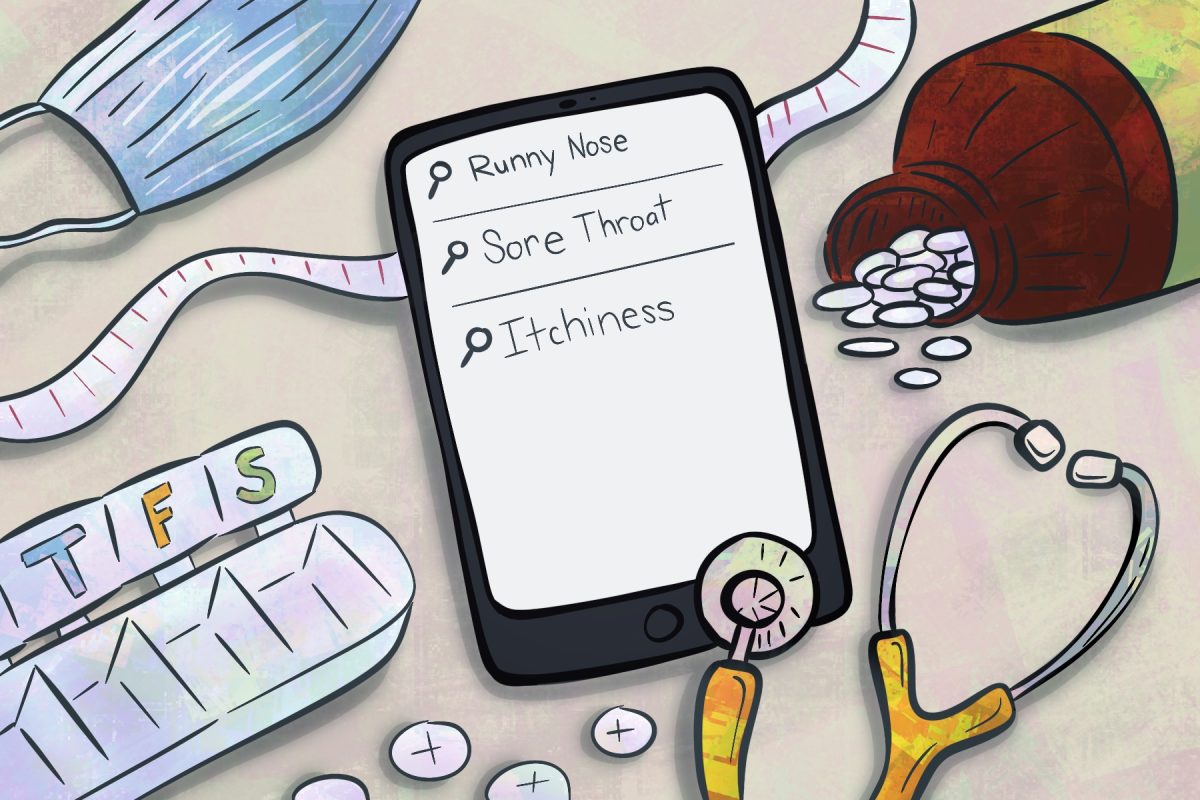Proponents of the new health care legislation cite low regulation and the nature of the private sector as the reason for high insurance costs. Let’s take a look back to 1965, the first year of Medicare. Never before 1965 did the cost of health care rise above 6 percent of GDP. Today, healthcare spending comprises 16 percent of GDP and the Department of Health and Human Services says we should expect it to be 19.5 percent of GDP in seven years.
The lower cost argument must be a fallacy. Demand for health care services will increase with new subsidies, yet the supply will not be increased by a corresponding amount. Many doctors will be forced out as they depend almost solely on reimbursements, decreasing the supply even more.
Medical costs from 1992-2001 increased 47 percent, a time that saw an economic boom. The price increase of all goods increased 26 percent during the same period according to the Consumer Price Index. Cosmetic surgery, one medical service that government has not intervened in yet and is paid out of pocket, saw prices rise 16 percent, a decrease in price with inflation subtracted.
A study in 1992 by economist Milton Friedman found that from 1965-1989 health care costs increased 224 percent, and hospital beds per 1,000 fell 44 percent. More government money, less healthcare has been the trend since the mass intervention between patient and doctor occurred. Before the CBO, which claims this new plan will reduce the deficit, the House Ways and Means Committee made cost projections. Their projection in 1967 on Medicare costs in 1990: $12 billion. The actual cost was $110 billion, according to the Senate Joint Economic committee.
When we were teenagers, almost all of us argued with parents about what was best for us. Some of those arguments continue today. We want to make our decisions for ourselves. Now, Congress has decided the government can make even more decisions concerning our health. Live 10 miles from hospital you know and trust? If there is another hospital five miles away, expect to make a five mile trip in the ambulance. It is now a mandate to take you to the closest hospital regardless of your choice.
Want to go across state lines to look for better or cheaper insurance policies? You better just look in state. It is illegal to go outside of state lines to purchase health insurance. Just think if this distortion of the interstate commerce clause was applied to all goods and services.
Some provisions of this bill, like allowing college students like myself to stay on their parents’ plan until they can get insurance, protect consumers.
However, it is a very contradictory attempt to keep insurance companies from being “large predators”. With the insurance mandate, these “predators,” who in many states are among the few to provide insurance legally, now have access to the previously untapped wages of 32 million Americans. No wonder health insurance stocks rose the day after the bill passed Congress.
Like the $134 billion United States Department of Agriculture, which aims to promote food safety while 76 million Americans contract food-borne illness each year (a rate well above that of other developed nations), government subsidized healthcare has failed miserably in controlling costs. If it worked, this new bill wouldn’t be needed. What if the government let you deduct all health care costs from your taxes? What if we could shop across state lines? What if we could make our own choices?
John Anselmo is a junior majoring in economics.








